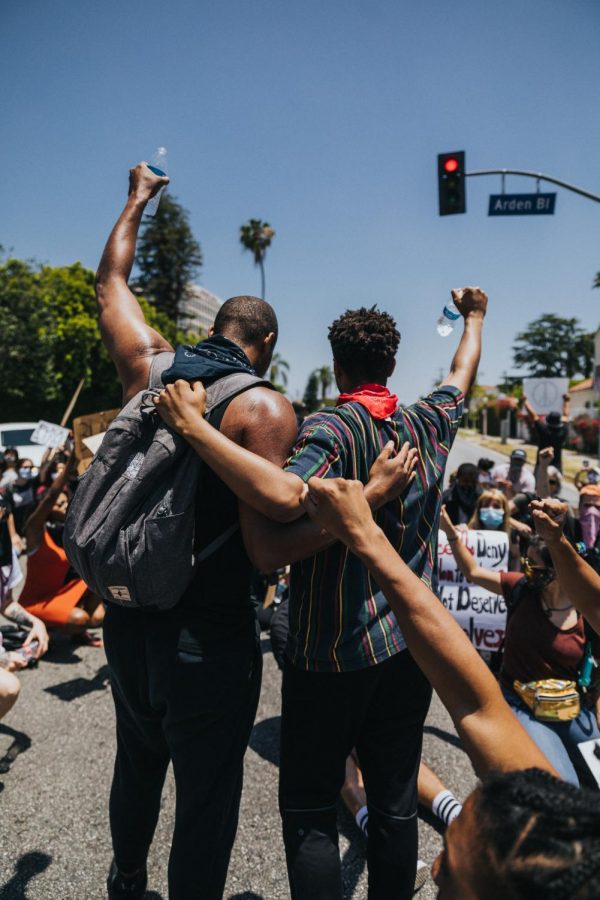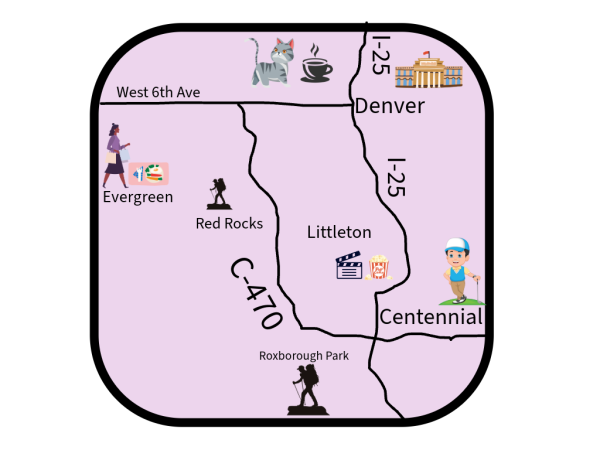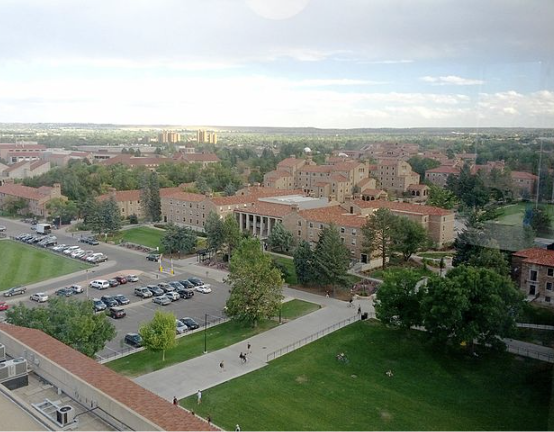Born a Racist
An examination of racial prejudice that is demonstrated consciously and unconsciously.
April 27, 2021
On Sunday night, April 25, 2021, Tyler Perry won the Jean Hersholt Humanitarian Award at the 93rd Annual Academy Awards (The Oscars).

In his speech, Perry discussed polarization and hate seen in recent events worldwide, many of these events based on racial discrimination.
Perry claimed, “I refuse to hate someone because they’re Mexican or because they are Black or white, or LGBTQ. I refuse to hate someone because they’re a police officer. I refuse to hate someone because they are Asian. I would hope that we would refuse hate.”
The Oxford Dictionary defines racism as prejudice, discrimination, or antagonism directed at a person or people on the basis of their membership in a particular racial or ethnic group.
Professor Gil Diesendruck of Bar-Ilan University’s Psychology Department and Gonda Brain Research Center did a study in 2013 on racism and whether or not discriminatory tendencies are inevitable.
In this study, doctors told a story about a land where people think that dogs and cats are the same. They asked the children if they believed that a concept like this should be corrected. They all said yes. The same story was told but replaced cats and dogs with Jews and Arabs. The children answered the same: that it was a mistake to classify these two as the same thing.
The study continued using men and women, doctors and policemen, and blacks and whites. The ethnicity category came to be the most significant. Young children had already seen the world divided into different categories at the ages of four and five.
And while the study does reveal some about discrimination, there are mixed views on Israeli Jews and Arabs in the area that this study was done. Geographically, this could be affecting the children’s views on Jews and Arabs.
In the Stanford Encyclopedia of Philosophy, the term “implicit bias” suggests that people act on the basis of prejudice without an intention of doing so.
In a BBC article on racism, this was tested using the Implicit Association Test (IAT), which is linked here for you to take.
The IAT measures the strength of associations between concepts, evaluations or stereotypes. This test will show your results in a form of preference (stronger preference of blacks over whites, straight men over gay men, etc.)
This test is used to help people reveal their biases if they are not already aware. This can uncover how an individual perceives those in a different ethnic or racial group.
Mark Sherman, a teacher at Dakota Ridge, believes the IAT is a very important first step in aiding with implicit biases.
“When I think of implicit bias,” said Sheman, “these are the biases that in my mind are occurring across the spectrum. It’s based off of cultural background, social uprising, and you’re going to have certain biases.”
As time has passed, measures of explicit bias have fallen quite significantly. The BBC wrote that in 1958, 94% of Americans disapproved of black-white marriage. In 2013, it was 11%.
In some cases, as the IAT was trying to prove, reflection on bias is a key in progressing out of it.
“Once I become aware of my implicit biases, I can stop myself. Not acknowledging them [implicit biases] is ignorance. Assuming that I don’t have any biases is ignorance because we all have them. Denying them comes from ignorance,” Sherman said.
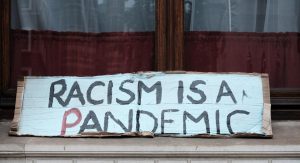
It is natural to assume the best out of ourselves. It can sometimes be hard to believe that we hold racist ideologies or stereotypes.
At Dakota Ridge, The Diversity Club is meant to share and learn from one another and is intended to promote awareness of the diversity within the school’s population.
Hannah van Duursen, a junior and the co-president of the club, said the group was founded to create a safe haven for students, as well as to create a community and learn in an environment that was safe and comfortable for everyone involved.
When asked about the true making of a racist individual, Duursen believes that it starts from the information and opinions we are told as children. However, a true racist is someone who sees the presumptions and stereotypes that were told to them as children, but does not do anything to repave a new path.
“Very few of us call into question the messages we were given. If we don’t question the racist messages or stereotypes we grew up with, we morph into them. We believe them and we perpetuate them,” Duursen said.
So who is to blame for one’s racist character and personality? As a parent, there is only so much that can be taught, where the rest is learned through personal experience.
“In my opinion, we, the people, are to blame for racism, particularly the world’s white population,” Duursen said, “You benefit from a system designed to support you. We continue to live in our comfort and our privilege, unaware or unwilling to help the cause of people of color.”
There is some belief that the government system itself—not just America’s—sets up society for discriminatory tendencies within the community.
Recently, America has seen some serious efforts to end systematic racism: George Floyd’s death and the worldwide Black Lives Matter Movement, and recently, the conviction of Derek Chauvin—the man responsible for the death of George Floyd.
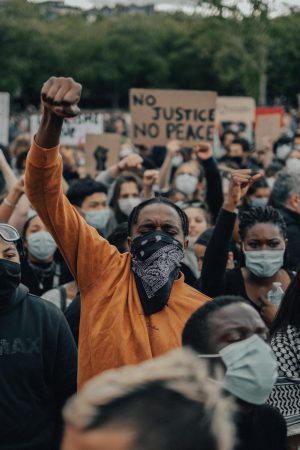
However, even with the progress made, racism is seen every day, and it can be argued that the progress is not fast enough to actually make true differences in the faults of our justice systems.
In terms of change, Duursen pointed out that personal experiences do not equate to validity.
“Not everyone experiences cancer. Yet, we don’t doubt its existence because it’s backed by science and analysis and testimonies. Likewise, not everyone experiences racism,” Duursen said.
Ignorance and lack of conversation around small and big acts of discrimination are what can make it possible for racism to grow and continue.
As Sherman said, “Once you acknowledge it and realize it’s there, then you can do something about it and catch yourself to evaluate it for what it really is.”
However, experience and knowledge is not the solution to racism. As said in an article written on racism in 2020 by Victor Ray and Alan Aja from The Washington Post: “Prescribing education as the cure for racism often confuses individual bigotry with a system of domination. As a system of domination, racism can be manipulated, because it is bigger than any individual. Highly educated people, who sometimes know better, contribute to systems of racial harm on a regular basis.”
Implicit bias is lessened by knowledge, but racism is a battle that is not fixed by reading a book. Racism is an issue that needs to be tackled through the people, and through the communities that raise them.
As Duursen said, “Have compassion. Keep an open mind, there is a world outside of your own.”


